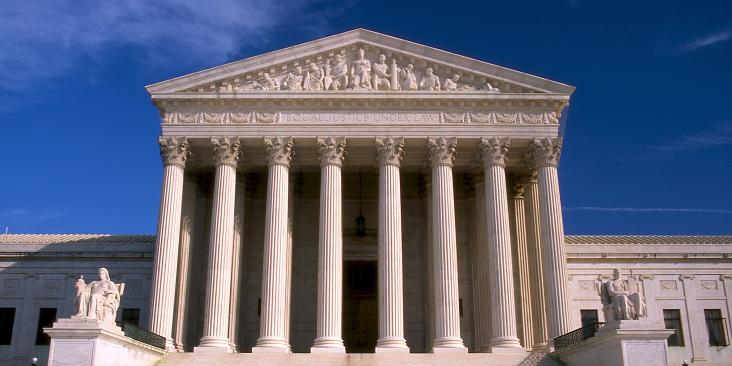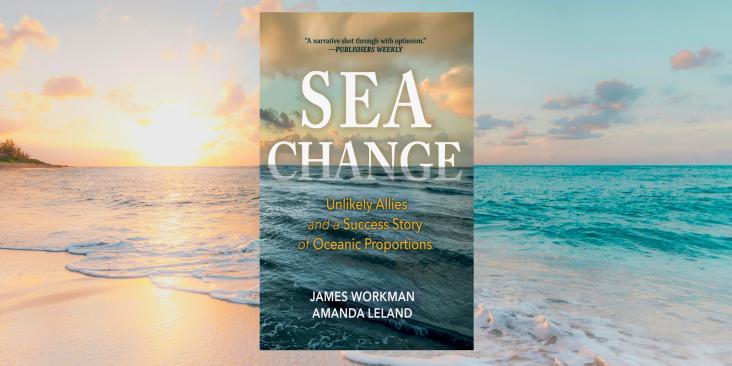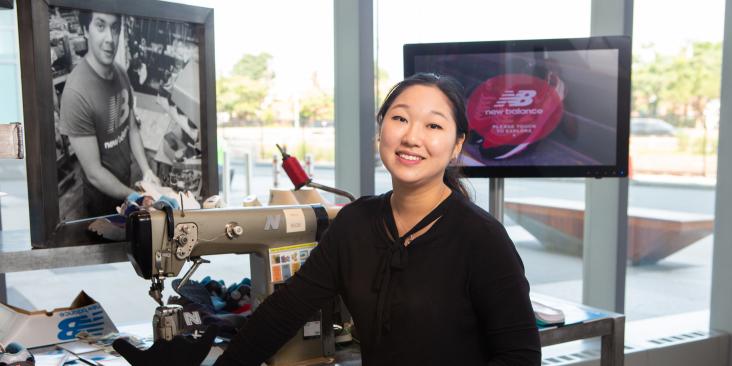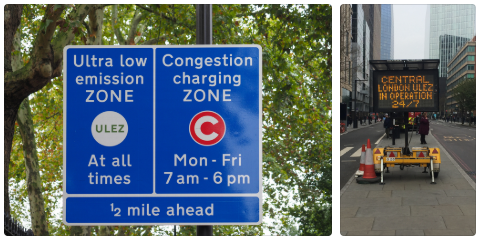Tom Neltner, J.D. is the Chemicals Policy Director
This is the second in a series of blogs evaluating various aspects of EPA’s December 2020 revisions to the Lead and Copper Rule (LCR) and what they may mean for accelerating lead service line (LSL) replacements. The blogs cover: 1) new service line inventory; 2) three new LSL notices; 3) environmental justice implications; 4) communicating health effects of lead; 5) economic implications; and 6) sampling and trigger/action level.
Note that President Biden’s Executive Order on Protecting Public Health and the Environment and Restoring Science to Tackle the Climate Crisis directs agencies to review the former administration’s regulations and actions, including the Lead and Copper Rule.
Three new notices required by the revised LCR from water systems to people with known or potential LSLs provide critical opportunities to build public support for LSL replacement by helping individuals better understand their situation and specific actions they should take. However, we recognize that, like all notices, many people may simply ignore them, especially if only delivered as an insert to a monthly or quarterly bill. We anticipate that notices will be most effective when coupled with broader outreach efforts and requirements that property owners share the notice with potential buyers and tenants.
As explained in a previous blog on the new service line inventories, water systems must assign all service lines to one of four categories. The rule treats three categories – “Lead,” “Galvanized Requiring Replacement,” and “Lead Status Unknown” – as known or potential service lines containing lead. People receiving water from a service line in any of these three categories must receive three new types of notices designed to prompt them to take steps to address the risk of lead in their drinking water pursuant to 40 CFR § 141.85(e) to (g). The three types of notices are:
- An annual notice;
- A notice of disturbance to service line; and
- A notice if trigger or action levels exceeded.










